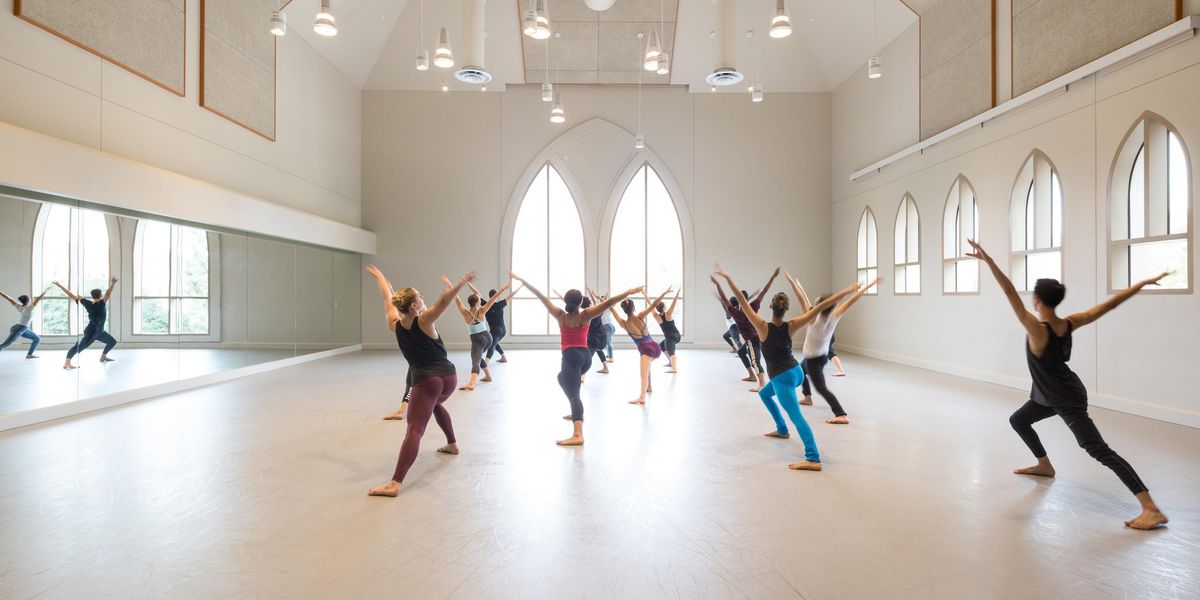Should Dancers Lift Weights?
During his dancing days, Jared Kaplan used to look down on strength training. “I was a snobby dancer,” he says. “I thought, Why would I need to lift weights?” Then Kaplan, 6′ 2″, was cast in a role originated by a shorter dancer, and realized he needed more power to move as quickly and explosively as someone smaller. He became a weight-room convert, and quickly saw a difference: Once he started a strength-training routine, his body felt less “strained” during demanding performances, and he grew aware of imbalances resulting from repetitive rehearsal of one-sided movements.
Many dancers are intimidated by weight training—or even think it is detrimental. According to Dr. Brent Brookbush, a trainer, physical therapist and president of the Brookbush Institute, they are missing out. “Just think of the relationship between strength and your performance,” he says. “Jumping, lifting, holding positions. Resistance training can help with all of that.” Whether you call it weight training, strength training or resistance training, exercises that increase your strength by lifting weights (or even just your own body weight) could take your dancing to the next level.
Myth: It will make me “bulky”
This myth is one of the most pervasive misconceptions about weight training. “Nobody gets bulky by accident. Putting on muscle takes a lot of work. A lot of work,” says Brookbush. Supplemental weight lifting once or (ideally) twice a week is enough to make you stronger, but will not cause huge gains in muscle size.
Aesthetics are not the main reason experts recommend dancers strength train. Kaplan, who is now a personal trainer and Pilates instructor, suggests using workouts to reconnect with how your body feels, not just how it looks. “Gym time doesn’t have to be about an externally motivated form,” he says.
Myth: It will make my body stiff
“Research shows that resistance training has no negative effect on flexibility, and may even improve it,” says Brookbush. The key, according to Kaplan, is working within a full but safe range of motion. A 2011 study found similar flexibility gains between people who followed a full-range-of-motion resistance-training program and those that followed a static stretching routine.
However, any form of exercise can exacerbate musculoskeletal problems, warns Brookbush. For example, dancers tend to be tight in their thoracic spines, calves and deep external rotators of the hip. If any of those areas feel stiff after your workout, seek guidance from a physical therapist about how to correct that dysfunction.
Myth: It will work the “wrong” muscles
“Dancers tend to go to Pilates and yoga because they are similar to dance,” says Kaplan. While there are benefits to these forms, that similarity has a downside. Any kind of repetitive movement can lead to imbalances in the body that can cause overuse injuries. Use strength training to work muscles in a different way than you do when dancing. “The weight-training room should be for corrective exercise. You need to balance your body out,” says Brookbush. “Weight train for strength and endurance. Dance will train you for dance.”




